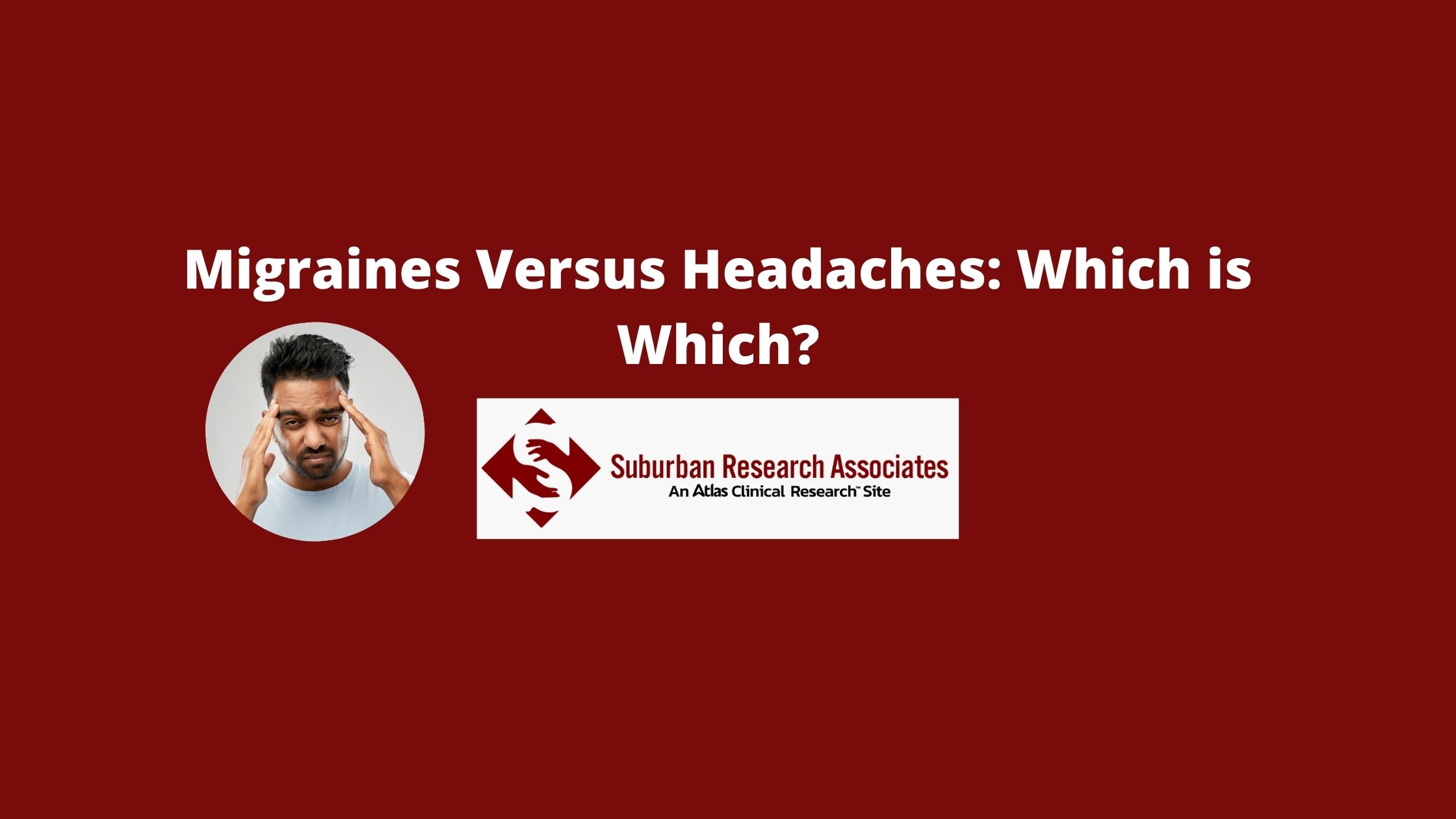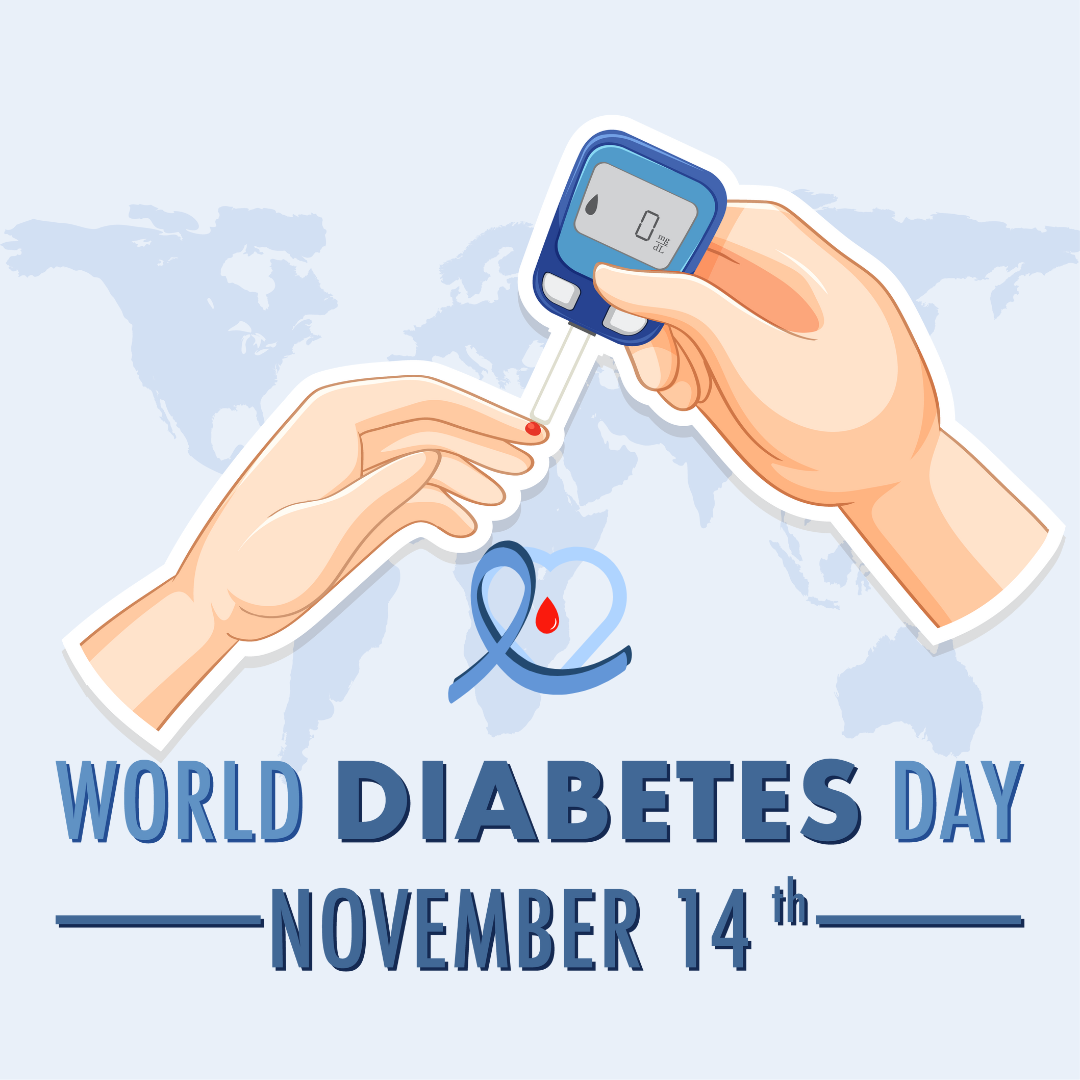We’ve all likely experienced a headache at some point in our lives. But have you ever gotten a sudden, piercing pain in your head that was far more intense and lasted for long periods of time, and/or that came after or with a bout of nausea, vomiting, or visual changes? Then you’ve probably experienced a migraine or are familiar with the difference between a migraine and a headache. However, often the two are confused as one and the same.
Misconceptions between headaches versus migraines:
A lot of times people often associate migraines as being equivalent to headaches. While they do have similarities, migraines and headaches are actually quite different. Migraines are not only a much more severe type of headache, but also often come with a host of other symptoms that can significantly affect one’s daily functioning. In addition, while headaches are usually short-lived with pain often being the only symptom, migraines fall under the category of a neurological disorder and migraine attacks can last days, weeks, and sometimes months at a time (Temple Health, 2021).
Types of headaches:
In addition to there being a difference in a headache versus a migraine, there are also 4 different types of headaches. These include cluster headaches, tension headaches, sinus headaches, and migraines. Dr Carla LoPinto-Khoury at Temple Health (2021) breaks down these different types in-depth in her article, Is It a Migraine or Headache? to help you be able to pinpoint which is which so you know and can be prepared the next time a headache or migraine arises.
Signs of a migraine:
If you’re experiencing chronic headaches that you feel like could be a migraine, The American Migraine Foundation (2021) points out some of the debilitating symptoms that can come with migraine include the following:
· Severe head pain that often feels extreme and unbearable
· Pain in one or more areas of the head
· Throbbing, pounding, or pulsating sensations that coincide with the pain
· Nausea/vomiting
· Sensitivity to light, sound, scents
· Migraine with aura can also include distorted vision or seeing flashes of light
· Difficulty speaking
· Difficulty concentrating
· Numbness or tingling
· Irritability
Symptoms of migraines vary from person to person. They can also depend on the phase of the migraine, as some symptoms may come on early or later in a migraine episode. Migraines can begin without warning, but often people are able to tell based on certain symptoms that a migraine might be coming on. The American Migraine Foundation breaks down the different phases, causes, symptoms, and treatments of migraine as well in the link above.
Migraines and mental health:
Due to the debilitating nature of the symptoms commonly associated with migraines and the fact that it can often interfere with one’s daily activities, it can lead a person to feel anxious, depressed, or overwhelmed. At Suburban Research Associates, we are dedicated to participating in migraine studies because we understand how debilitating they can be and the toll they can take on one’s mental and physical health.
If you or someone you know is struggling with migraines, visit the resources below, or contact us if you might be interested in participating in a future migraine study.
Resources
Temple Health – Is it a Migraine or Headache?
American Migraine Foundation – What is a Migraine?
Suburban Research Associates: Migraine Study Interest List




